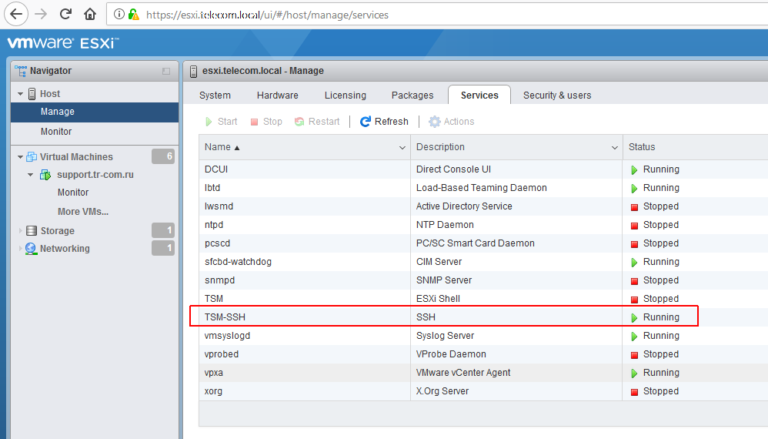


We need to develop creative, resilient, sustainable solutions,” Tomiczek said. “It’s an exciting and scary time to be an engineer, what with sea level rise, intensifying hurricanes, and more. The team hopes that their work can be used to validate and enhance numerical simulation work. The research team also praised the DesignSafe infrastructure: “I really liked how the Data Depot workspace allowed us to upload all the data regularly, where I could check out datasets because I was remote for the entirety of the experiments due to COVID precautions,” Tomiczek said. “This is the first dataset that investigated the impact on waves by a mangrove system in a controlled setting at prototype scale for large storm-waves,” added Kiernan Kelty, a researcher from cbec eco engineering. “This makes sense, but it’s important to validate it with the data as well.” The mangroves had a noticeable effect, even over this small cross-shore width,” said Tori Tomiczek, a researcher from the U.S. “We saw measurable wave height attenuation through the 18-meter forest. The construction and operation of the artificial mangrove forest in the wave tank.

The resulting award-winning dataset is now publicly available.
#Hpe software depot series#
Then, using LiDAR and a series of gauges and sensors, they built a 3D model of the artificial mangrove forest and measured how different kinds of waves traveled through it. To better understand how mangroves protect against tsunamis, the researchers built a mangrove/tsunami testbed out of PVC “mangroves” with intertwining resin “roots” - and they built it inside a 341-foot wave tank at Oregon State University (also operated by NHERI). Quantifying that effect, however, is a different story than simply noticing it. These awardees - one of four winning teams in 2022 - studied how mangroves can protect coastlines from tsunamis, an effect that was prominently observed in the wake of the aforementioned Indian Ocean tsunami in 2004.

DesignSafe’s DataSet Awards recognize outstanding datasets published via its Data Depot repository. DesignSafe offers dataset sharing, data analysis tools, HPC access portals and more to support researchers working to understand the impacts of natural hazards. Now, a team of researchers have won the 2022 DesignSafe Dataset Award for creating a dataset that represents how mangroves can insulate coastal areas against the impacts of tsunamis.ĭesignSafe is an NSF-funded cyberinfrastructure that operates under the umbrella of the Natural Hazards Engineering Research Infrastructure (NHERI) program and out of the Texas Advanced Computing Center (TACC). Tsunamis can be truly devastating: in 2004, a single tsunami killed nearly 230,000 people - so predicting when and how tsunamis occur is a crucial task. Since 1987 - Covering the Fastest Computers in the World and the People Who Run Them


 0 kommentar(er)
0 kommentar(er)
